Soheyla Visual Arts Vocabulary
A

Acrylic Paint
Pronunciation: ə-ˈkri-lik
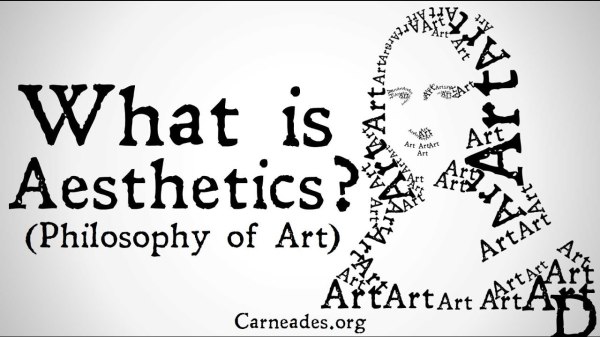
Aesthetics
Pronunciation: es-ˈthe-ticks
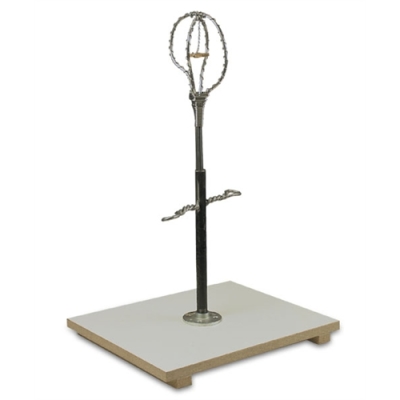
Armature (sculpture)
A structure is used beneath something else for support. For example, a sculptor might create a clay sculpture with a wood or wire armature beneath it as support.
Pronunciation: är-mə-ˌchu̇r
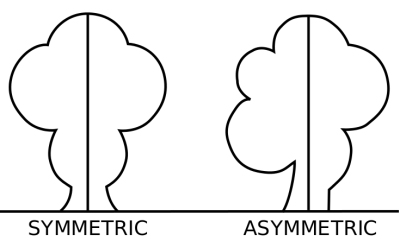
Asymmetrical
Uneven balance
A balance is achieved through the use of unequal parts or elements. If we divide a painting into two parts exactly in the middle, the left side should not contain the same shape of content as the right side.
Pronunciation: ā-sə-ˈme-tri-kəl
B
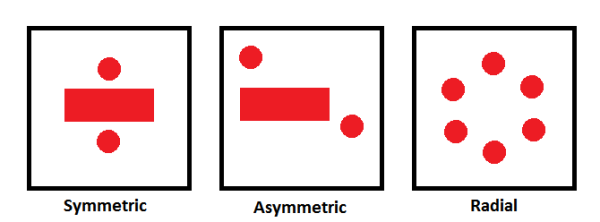
Balance in Art
When we talk about balance in art, we are referring to the arrangements of one or more elements in work so that they appear symmetrical (even) or asymmetrical (uneven), in design and proportion, producing overall harmony.
Pronunciation: ˈba-lən(t)s
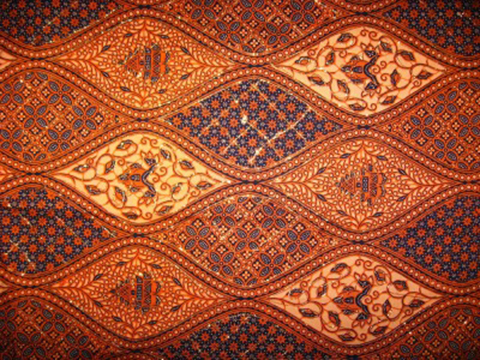
Batik
Simply put, paraffin or beeswax is used to resist paint or dye on fabric or paper, so that designs and patterns are produced on the unwaxed areas.
Pronunciation: bə-ˈtēk
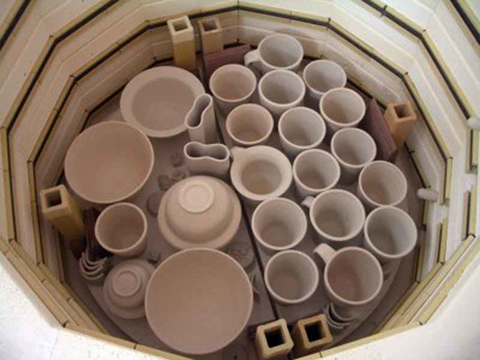
Biscuit (pottery) or Bisque
Biscuit refers to pottery that has been fired but not yet glazed. Biscuit is any pottery after the first firing and before any glaze is applied. This can be a final product such as bisque porcelain, or unglazed earthenware, often called terracotta, or, most commonly, an intermediary stage in a glazed final product.
After the clay has its first firing in a kiln, it is called bisque ware.
Pronunciation: ˈbis-kət or ˈbisk
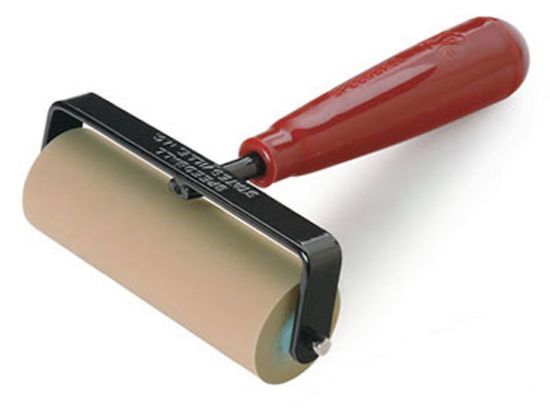
Brayer or Roller
A tool that is used to apply ink to printing surfaces in printmaking.
Pronunciation: ˈbrā-ər or ˈrō-lər
C
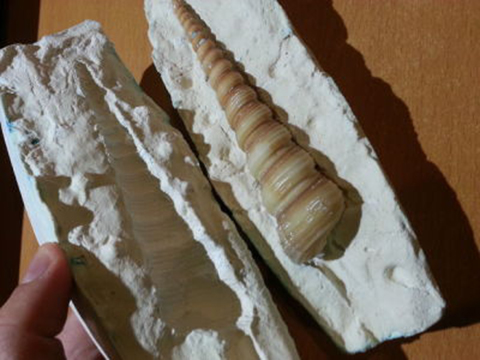
Casting (sculpture techniques)
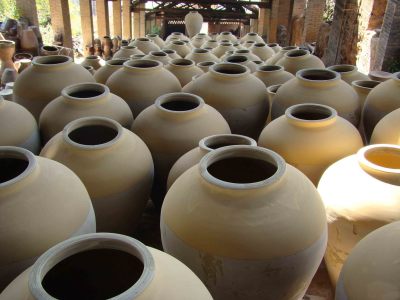
Ceramics
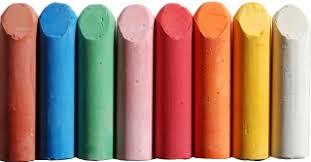
Chalk Sticks
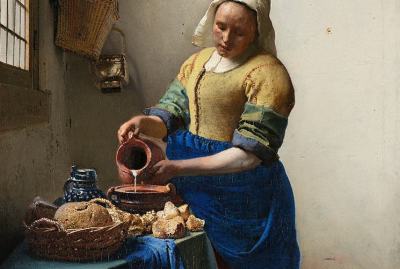
Chiaroscuro
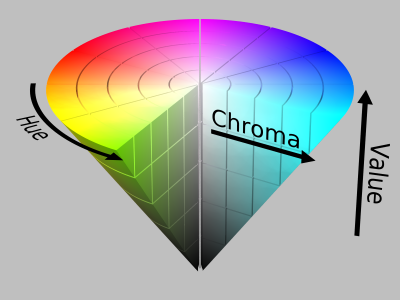
Chroma
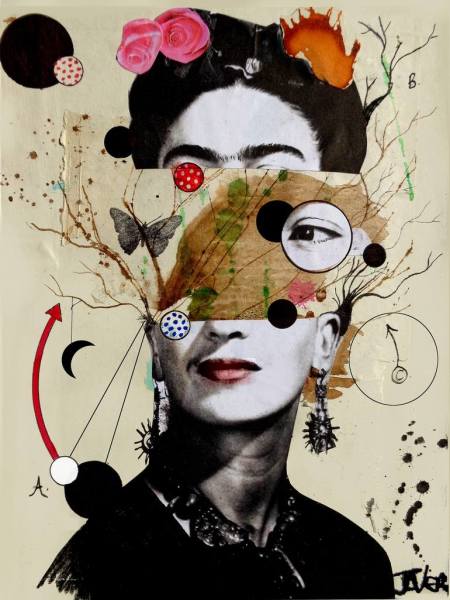
Collage
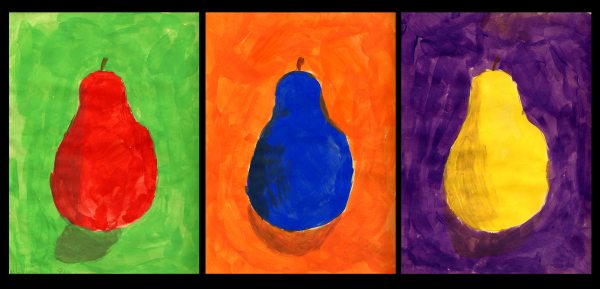
Complementary Colors
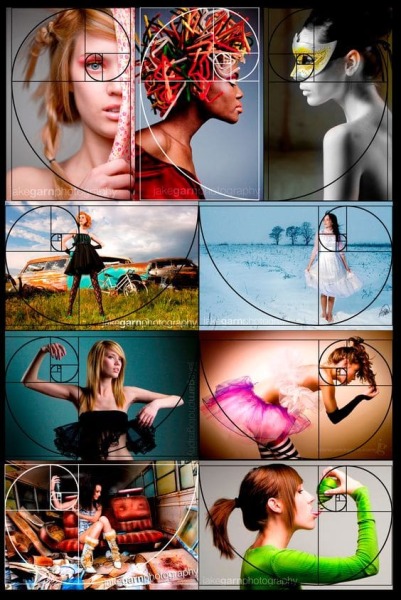
Composition
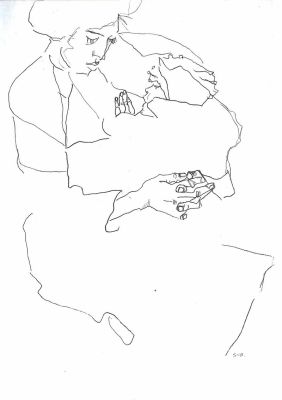
Contour Drawing
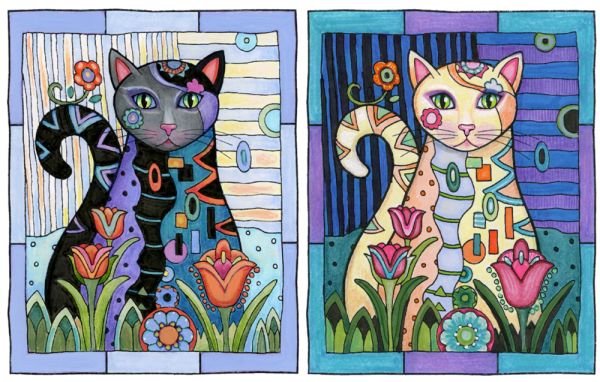
Contrast

Crayon
D

Distemper (paint)
E
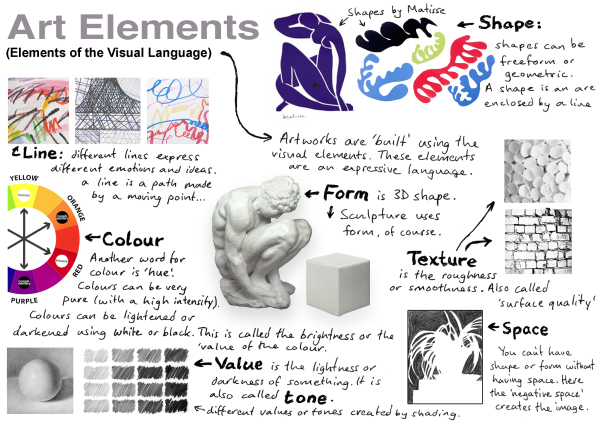
Elements (of Art)

The emphasis, Dominance, And Focal Point
This is the difference in the importance of one aspect of a work of art from all other aspects. It’s about what stands out the most in a work of art. Let’s say for example that you are looking at a rough, textural sculpture made of splintered pieces of wood. Ok, now let’s say that that same sculpture is painted bright pink and neon green. Chances are that the colors used would probably dominate the piece, almost to the point at which you don’t even notice the wood splinters. Just as there are loud people who dominate conversations, there are also elements of art that dominate paintings, prints, and sculptures.
Pronunciation: ˈem(p)-fə-səs, ˈdä-mə-nən(t)s, ˈfō-kəl ˈpȯint
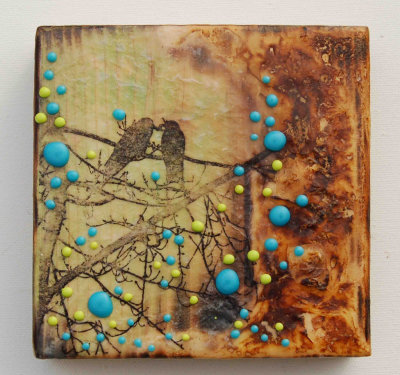
Encaustic
F

Form
Pronunciation: ˈfȯrm
G
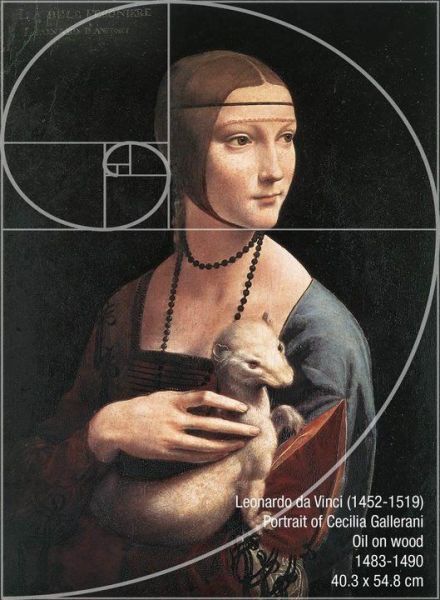
Genre (Art)
Pronunciation: ˈzhän-rə
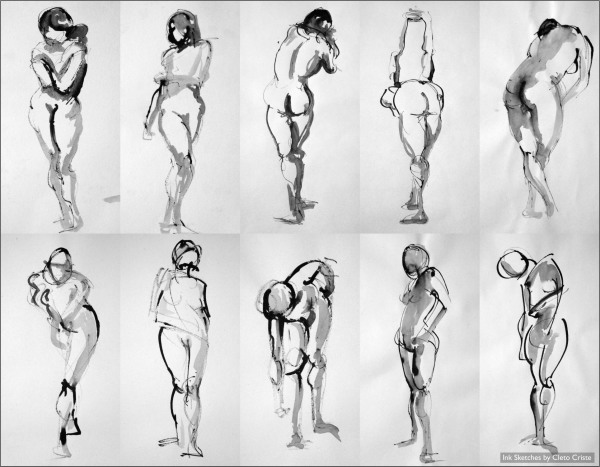
Gesture (Drawing)
A gesture drawing is a laying in of the action, form, and pose of a model/figure. Typical situations involve an artist drawing a series of poses in a short amount of time, often as little as 10 seconds, or as long as 5 minutes.
Pronunciation: ˈjes-chər
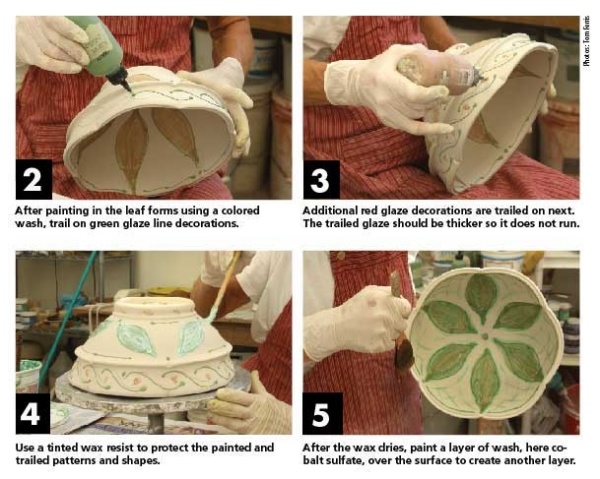
Glaze
Pronunciation: ˈglāz
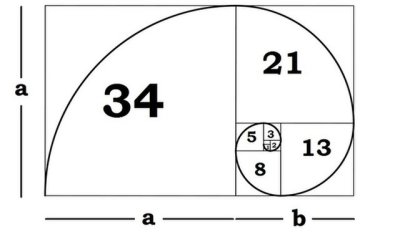
Golden ratio
The golden ratio can be used in more elegant ways to create aesthetics and visual harmony in any branch of the design arts.
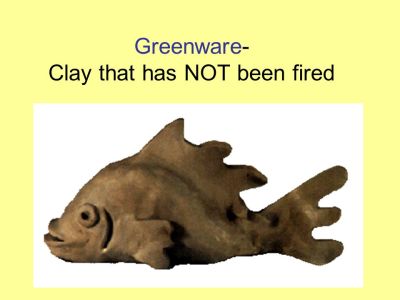
Greenware
Pronunciation: ˈgrēn-ˈwer
Ground
Pronunciation: ˈgrau̇nd
H
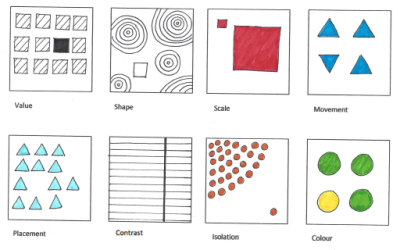
Harmony
Pronunciation: ˈhär-mə-nē
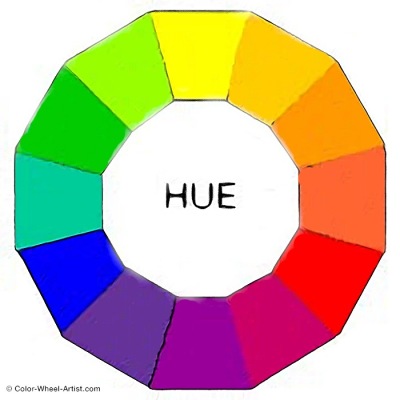
Hue
Pronunciation: ˈhyü
I - J
Image
Pronunciation: ˈi-mij
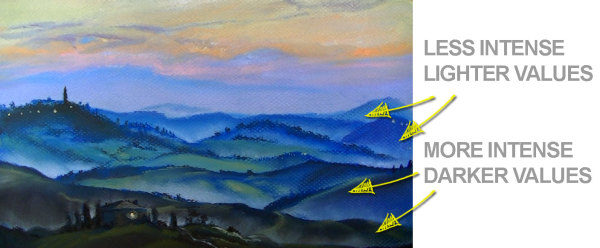
Intensity
M
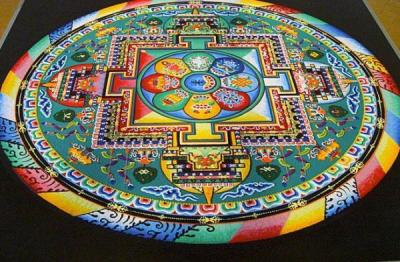
Mandala
Medium
Pronunciation: ˈmē-dē-əm

Metaphor in Art
Using simile and metaphor. Imagery is a figurative comparison between two things that have no literal connection. By comparing things that are not alike, writers use imagery to create a poetic or descriptive impact. … There are two very easily recognized forms of imagery: similes and metaphors.

Mobile
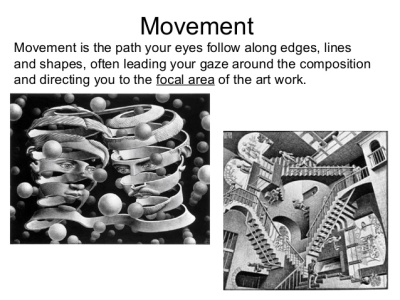
Movement in Art

Motifs
N
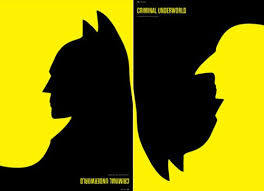
Negative Space
P
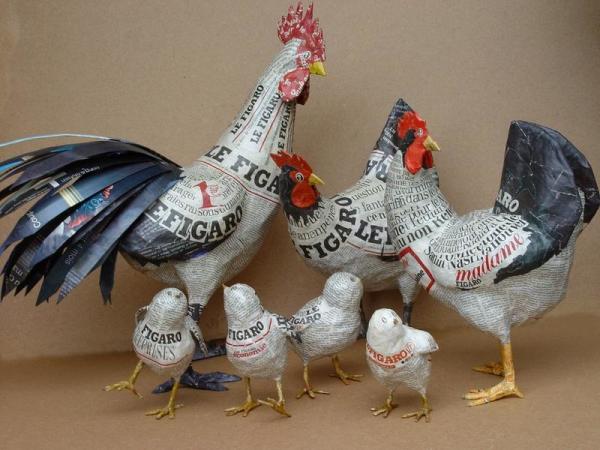
Paper Mache (papier-mâché)
This is an ancient art consisting of paper and a binder of some sort (glue for example). It can be blended and mixed into a mulch and formed into shapes or it can be used with strips of newspaper formed over cardboard, wood, etc.
Pronunciation: ˌpā-pər-mə-ˈshā
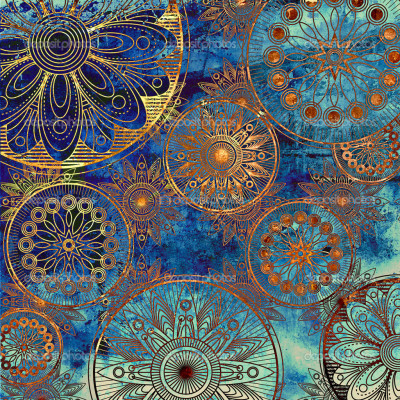
Pattern
Patterns can be man-made, like a design on fabric, or natural, such as the markings on animal fur.
Children may use different patterns to show perspective
Pronunciation: ˈpa-tərn
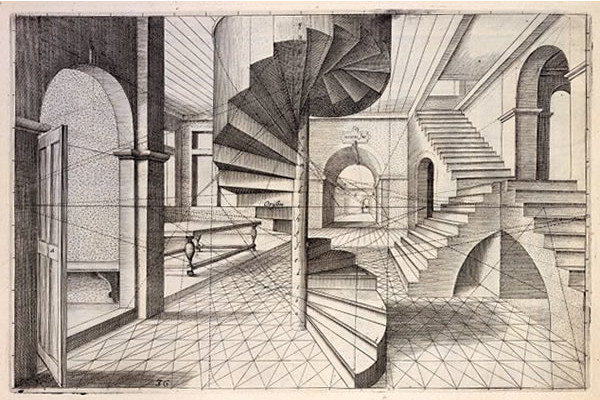
Perspective
Pronunciation: pər-ˈspek-tiv
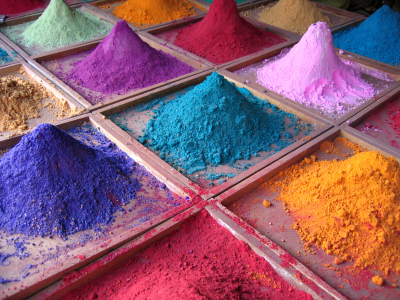
Pigment
Nearly all paint colors come from nature. Dirt, rock, plants, etc. are the raw material, which is ground down into what is called a pigment. This is then mixed with a binder to make it sticky (gum arabic – from trees, glue, or egg yolk), and a medium to make it liquid (water, oil).
Pronunciation: ˈpig-mənt
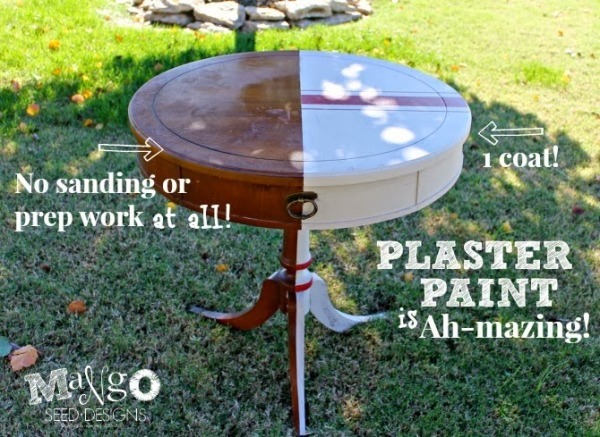
Plaster
Many of the greatest mural paintings in Europe, like Michelangelo’s Sistine Chapel ceiling, are executed in fresco, meaning they are painted on a thin layer of wet plaster, called intonaco; the pigments sink into this layer so that the plaster itself becomes the medium holding them, which accounts for the excellent durability of fresco. Additional work may be added a secco on top of the dry plaster, though this is generally less durable.
Plaster may be cast directly into a damp clay mold. In creating this piece molds (molds designed for making multiple copies) or waste molds (for single use) would be made of plaster. This “negative” image, if properly designed, may be used to produce clay productions, which when fired in a kiln become terra cotta building decorations or these may be used to create cast concrete sculptures.
Pronunciation:ˈpla-stər

Plaster Cast
Pronunciation:ˈpla-stər ˈkast
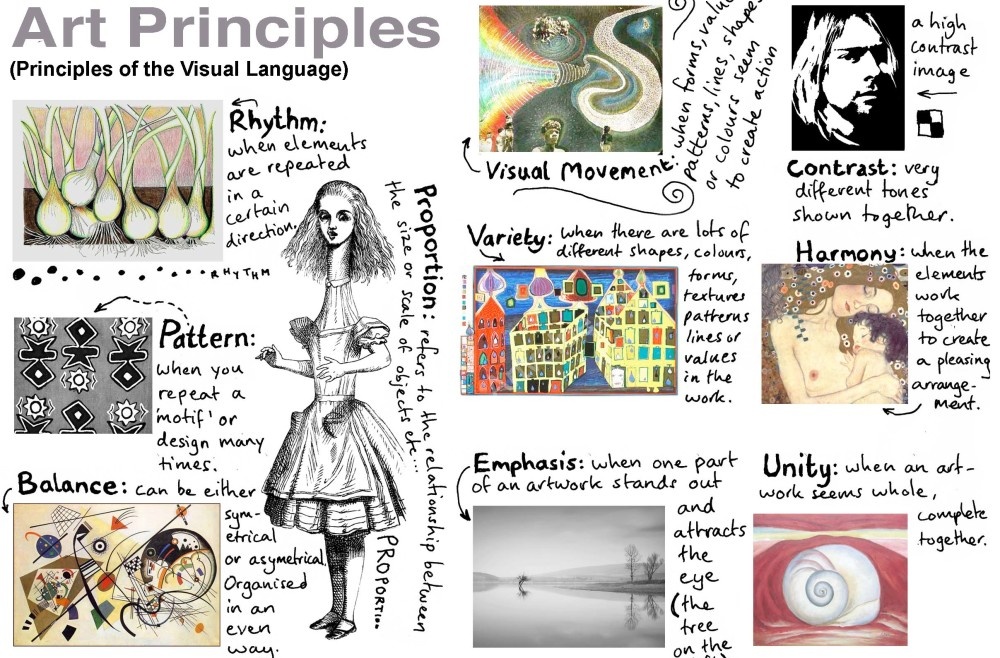
Principals of Art
Pronunciation: ˈprin(t)-s(ə-)pəls
R

Repetition
Pronunciation: ˌre-pə-ˈti-shən
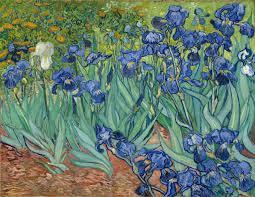
Rhythm
In the visual arts, rhythm is received through your eyes rather than your ears.
Pronunciation:ˈri-t͟həm
S

Self-expression
Pronunciation: ˌre-pə-ˈti-shən
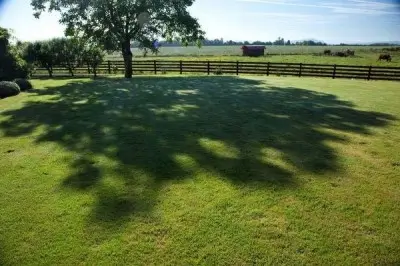
Shade
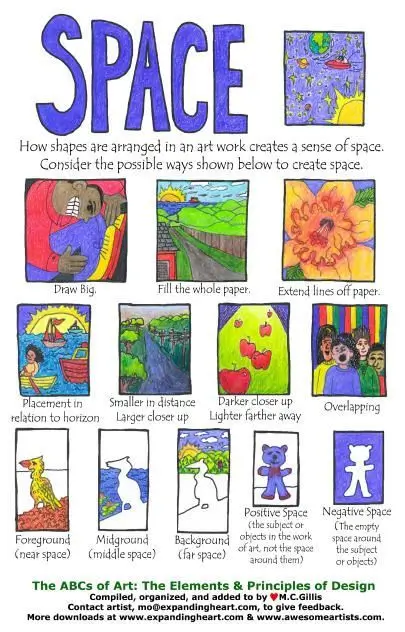
Space
defined or a sense of depth achieved in a work of art.
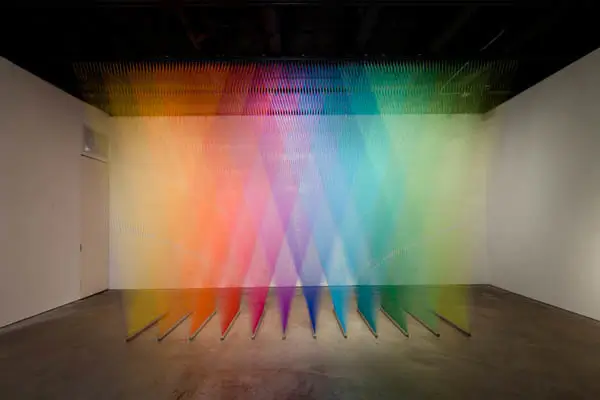
Spectrum
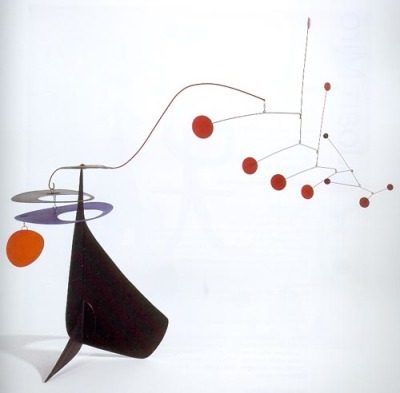
Stabile
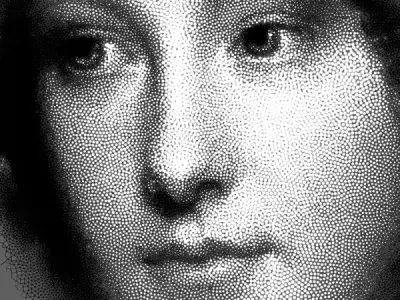
Stippling
Symbol
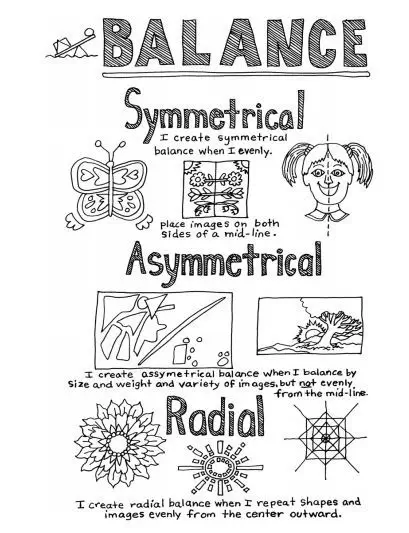
Symmetry
T
Texture
Tint
U
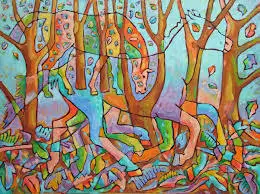
Unity
V



